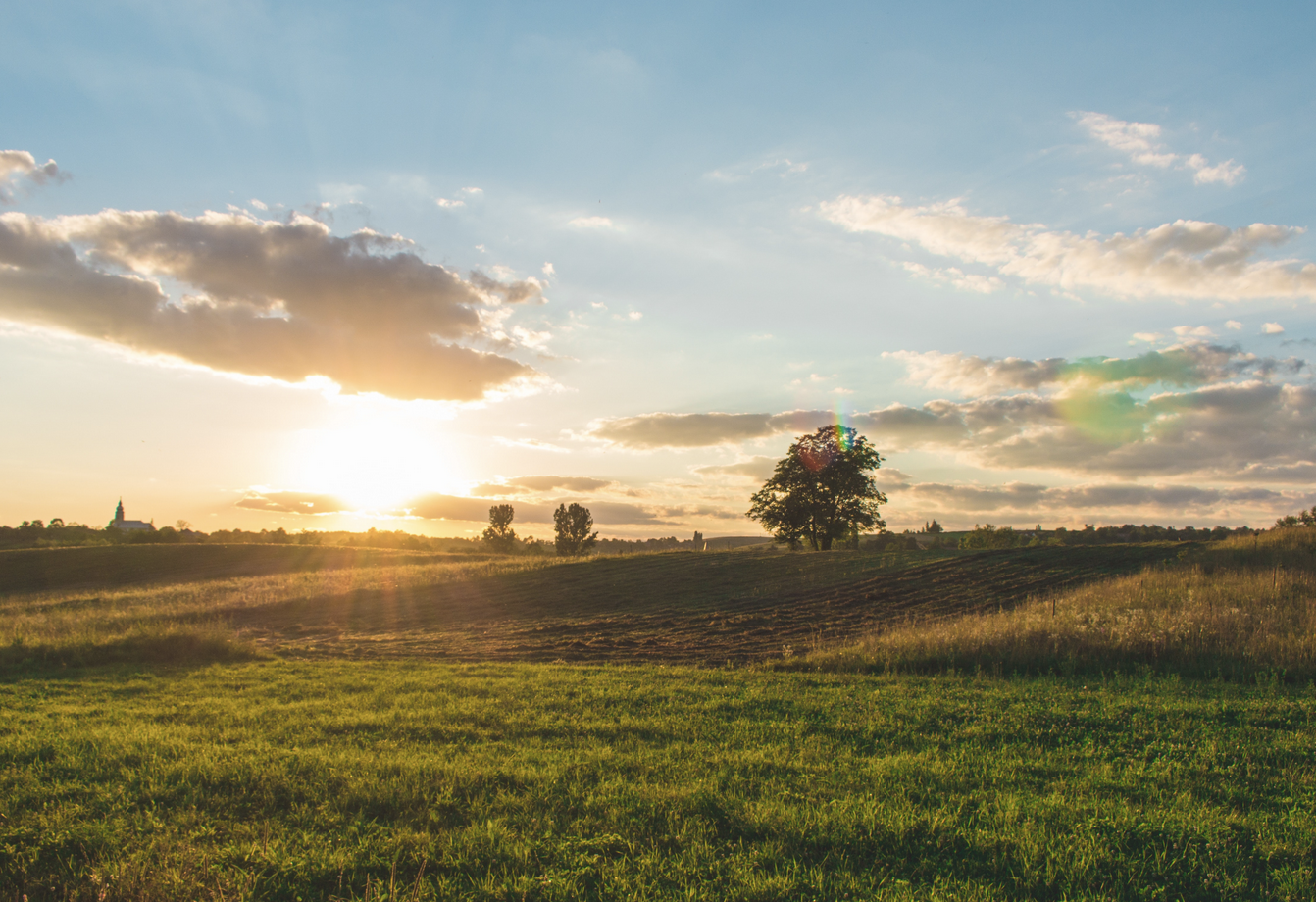View NFU resources on Farm Safety at https://www.nfuonline.com/hot-topics/farm-safety/
See the Farm Safety Foundation at www.yellowwellies.org

With the high number of vehicles and machinery and potential for falling from heights, we all understand that farming is a hazardous occupation. It represents just under 2% of the workforce in Great Britain but accounts for around 19% of the reported fatal injuries each year.
View NFU resources on Farm Safety at https://www.nfuonline.com/hot-topics/farm-safety/
See the Farm Safety Foundation at www.yellowwellies.org
Content below is from across the PEP community and is not necessarily endorsed by Stewards or by PEP
The NFU represents more than 46,000 farming and growing businesses. Our purpose is to champion British agriculture and horticulture, to campaign for a stable and sustainable future for British farmers and to secure the best possible deal for our members. We strive to protect and promote British farm life and give our members a voice now and in the future.
RSK is a global leader in the delivery of sustainable solutions. Our family of over 150 environmental, engineering and technical services businesses works together to provide practical solutions to some of the greatest challenges societies have ever faced.
The Voluntary Initiative is an industry led programme to promote the responsible use of plant protection products (PPP's) through schemes, tools and messages advocating an IPM-based approach to sustainable agriculture.
The Farm Safety Partnership is a collaboration of organisations with a responsibility to show industry leadership by promoting safe systems of work within all sectors of agriculture.
The application of agrochemicals by modern crop sprayers involves sophisticated technologies applied by skilled operators.
The importance of good mental health is increasingly being recognised across agriculture. Use this page to connect to useful initiatives and resources.
Safety management software for farming businesses. We help UK agribusinesses keep on top of their compliance obligations by making record keeping simple.
Hear from up to 7 authors of articles from Ireland, New Zealand, the UK, and the USA. Part of #MindYourHead week organised by The Farm Safety Foundation, Stephanie Berkeley.